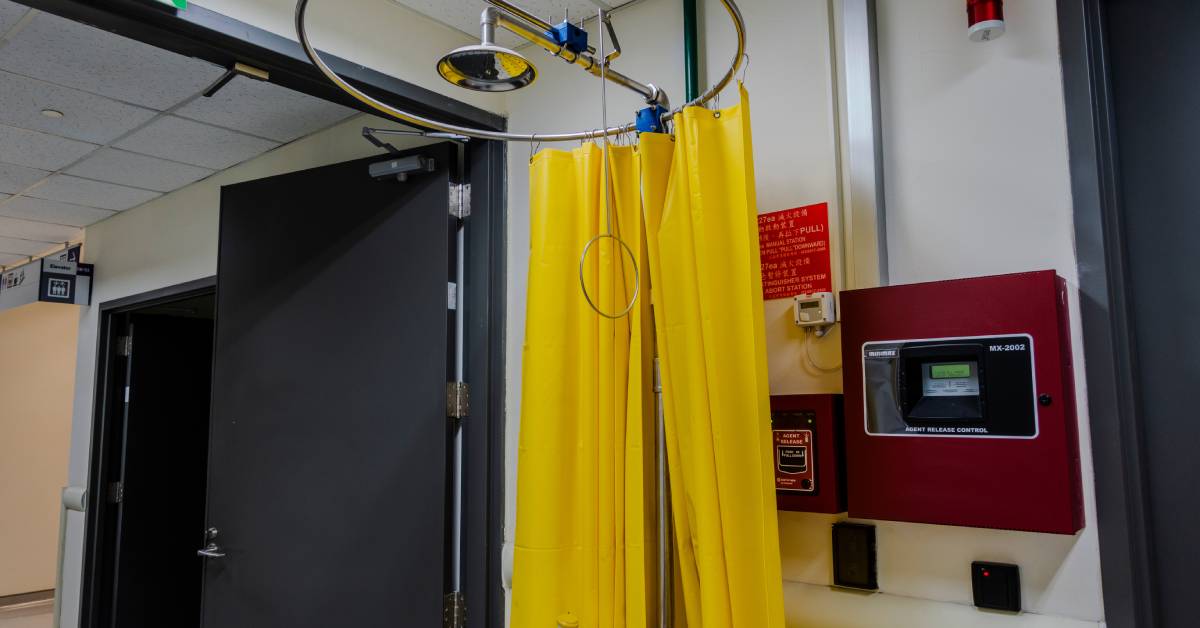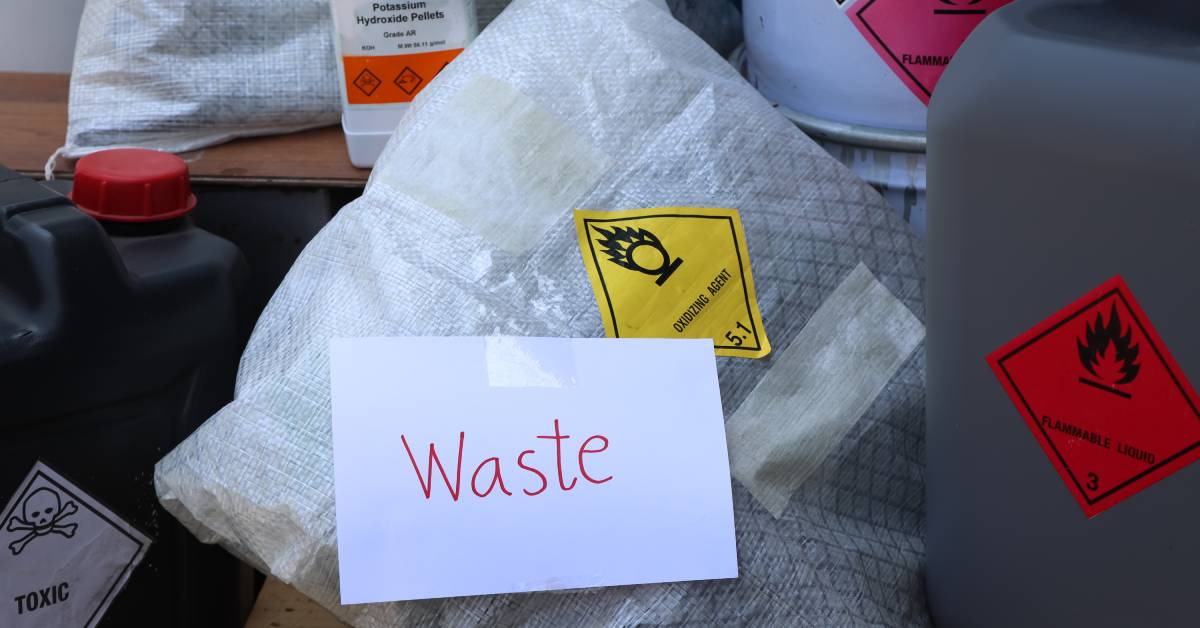How To Safely Manage HPLC Solvent Waste in Your Laboratory
In laboratory operations, properly managing hazardous waste is of utmost importance. This is especially true regarding high-performance liquid chromatography (HPLC), a widely used analytical technique that relies on various solvents to achieve accurate results.
The handling and disposal of these solvents require meticulous attention to ensure compliance with safety regulations and maintain the integrity of the laboratory environment. Learn how to safely manage HPLC solvent waste in your laboratory. This guide will discuss safety protocols, regulatory compliance, waste segregation, and sustainable disposal methods.
By implementing these strategies, you can safeguard the well-being of laboratory personnel and the environment while maintaining the quality of your HPLC solvents throughout their lifecycle.
Understanding HPLC Solvents
Before delving into the details of safe solvent waste management, it is essential to understand the purpose of these liquids. High-quality HPLC solvents dissolve the analyte, facilitate its separation, and ensure accurate detection. These solvents carry the analyte through the HPLC system and interact with the stationary phase to achieve the desired separation.
Commonly used HPLC solvents include acetonitrile, methanol, and water, with each offering distinct properties and applications. Acetonitrile has a low viscosity and is popular for its excellent peak shape and high sensitivity. Methanol offers good solvating power and is suitable for applications requiring a wider range of solvents. As a polar solvent, water is indispensable for analyzing highly polar compounds.
The Importance of Solvent Management
Proper management of HPLC solvent waste is crucial for several reasons. For starters, it ensures the safety of laboratory personnel because it minimizes the risk of chemical exposure and potential health hazards. In addition, safe handling prevents cross-contamination that could ruin other processes and results.
Solvent management also helps laboratories comply with regulatory requirements, such as the Occupational Safety and Health Administration (OSHA) guidelines and the Resource Conservation and Recovery Act (RCRA). Effective solvent waste management contributes to sustainable practices by reducing the environmental impact associated with hazardous waste disposal.
Evaluating Safety Measures in Your Laboratory

Maintaining a safe laboratory environment begins with implementing comprehensive safety measures.
Conduct a Hazard Assessment
Perform a thorough hazard assessment to identify potential risks associated with HPLC solvent use and waste generation. Consider factors such as flammability, toxicity, volatility, and chemical reactivity. This assessment will guide the development of specific safety protocols tailored to your laboratory’s needs.
Establish Standard Operating Procedures (SOPs)
Develop comprehensive SOPs that outline safe practices for handling, storing, and disposing of HPLC solvents. Ensure that all laboratory personnel follow procedures and understand the importance of adhering to them consistently.
Provide Personal Protective Equipment (PPE)
Equip laboratory personnel with appropriate PPE, including gloves, safety glasses, lab coats, and closed-toe shoes. Regularly inspect and maintain PPE to ensure its effectiveness. Proper gear prevents mishandling that could result in health problems.
Implement Ventilation Systems
Install and maintain effective ventilation systems, such as fume hoods and local exhaust systems, in areas where employees handle HPLC solvents. These systems help minimize exposure to hazardous vapors and fumes.
Establish Emergency Response Procedures
Develop and communicate clear emergency response procedures to address potential incidents, including spills, leaks, or exposure. This includes having readily accessible spill kits, eyewash stations, and emergency showers in the laboratory.
Proper Storage
Proper storage maintains solvent integrity and ensures accurate and reliable results. When storing HPLC solvents, it is essential to follow guidelines to prevent contamination, degradation, and potential hazards. Store them in tightly sealed, labeled containers made of chemically compatible materials, such as glass or high-density polyethylene (HDPE). These containers maintain the purity of the solvents and prevent undesired interactions with the storage vessel.
Segregate incompatible solvents to avoid chemical reactions. Store them at the recommended temperatures specified by the manufacturer to ensure their stability and prevent degradation. Protect light-sensitive solvents from direct light exposure by using amber-colored containers or storing them in opaque storage cabinets. Regular inspection of solvent storage areas is necessary to check for any leaks, spills, or signs of deterioration.
Safe Transfer
Proper handling and transfer of HPLC solvents minimize the risk of spills, contamination, and exposure. When transferring solvents, use secondary containment, such as spill trays or drip pans, to prevent spills when transferring large quantities of solvents.
To prevent evaporation and reduce health hazards, minimize air exposure time during transfers. Labeling all containers with the solvent’s name, concentration, date, and relevant hazard warnings ensures clear identification and promotes safe handling.
Segregation and Disposal

Proper segregation and disposal of HPLC solvent waste is vital for safety compliance and environmental sustainability.
Segregation
Separate different types and classes of HPLC solvent waste based on their compatibility and hazardous properties. This includes segregating flammable solvents from corrosive or toxic solvents to prevent potential reactions or cross-contamination.
Proper Container Selection
Use chemically resistant containers that are compatible with the HPLC solvents being disposed of. Tightly seal the containers to prevent leaks or spills during storage and transportation.
Disposal Methods
Research and adhere to local, state, and federal regulations regarding the disposal of HPLC solvent waste. Different regions may have specific guidelines and requirements, including using authorized waste disposal facilities or licensed waste management companies.
Documentation
Maintain accurate records of all HPLC solvent waste disposal activities, including the types and quantities of solvents disposed of, disposal methods used, and relevant dates. This documentation is important for regulatory compliance and internal auditing purposes.
Consider Recycling Options
Explore recycling opportunities for HPLC solvents whenever possible to promote sustainability. Contact certified waste management companies for more information on recycling programs.
Continuous Improvement and Training
Maintaining a culture of continuous improvement and providing regular training to laboratory personnel are key aspects of effective HPLC solvent waste management. Your team can enhance their knowledge and skills in this critical area by staying informed about the latest regulations, waste disposal methods, and safety protocols.
Encourage open communication, share best practices, and foster a collaborative environment where everyone upholds the highest standards of laboratory waste management. Regular training sessions and refresher courses will ensure that your team remains current with proper techniques and procedures, ultimately leading to a safer laboratory environment.
By following these practices for managing HPLC solvent waste in your laboratory, you can ensure the safety of your personnel, comply with regulatory requirements, and contribute to sustainable waste management. Regularly review and update your protocols to adapt to changing needs and regulations. By prioritizing safe solvent waste management, you protect the environment and uphold the integrity of your laboratory’s operations.
Recent Posts
-
The Role of Desiccants in Protecting Hygroscopic Chemicals
Hygroscopic chemicals readily absorb moisture from the surrounding environment, leading to compromis …May 19th 2025 -
All About Pairing Containers With Corrosive Substances
Handling corrosive substances is critical in many industries, including manufacturing, pharmaceutica …May 12th 2025 -
Why Solvent Purity Is Crucial in the World of Chemistry
When producing accurate and reliable results in chemistry, solvent purity is non-negotiable. Many se …May 11th 2025




